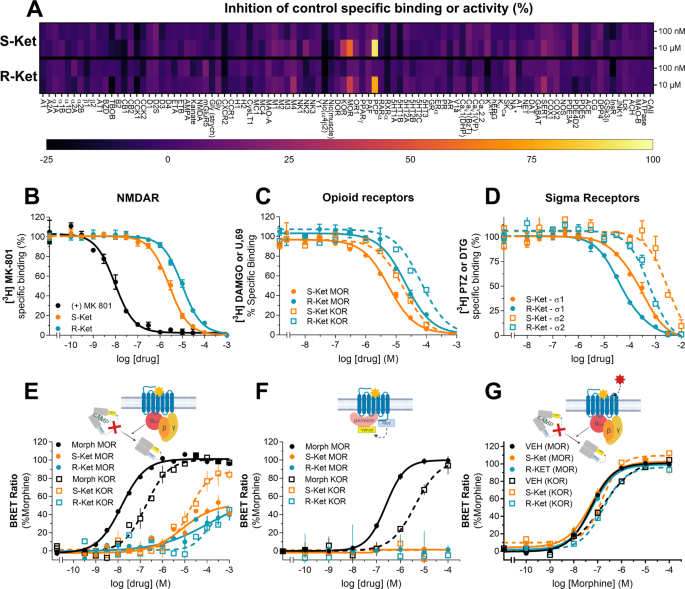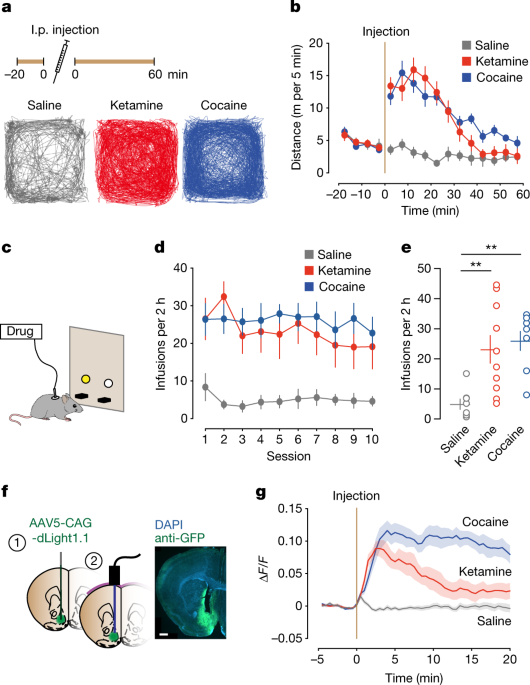Neuroprotection
Bluelighter
- Joined
- Apr 18, 2015
- Messages
- 1,265
this is just an observation I have made from hearing peoples experiences and I want to know what you all think.
Is it true that NMDA antagonist drugs with Low potency and especially very short half life tend to have much higher recreational value. for example, the very weak and short-acting NMDA antagonist nitrous oxide is very pleasant to most who try it and they will likely want to repeat the experience. on the other hand, the more powerful NMDA antagonist ketamine still has many fans but also quite a few who dislike it. on the extreme end of the spectrum, we have phencyclidine A long acting and extremely powerful NMDA antagonist which is generally aversive to most people from what I’ve heard. despite having similar structures, I’ve read that the way phencyclidine binds to the NMDA receptor makes it A blocking agent 10 times more powerful than ketamine. meanwhile, ketamine which is widely enjoyed by many is not only much less potent than phencyclidine, but also has a much shorter half life (about 2.5 hours).
Does anyone else agree?
Has anyone noticed similar trends with other classes of drugs?
Is it true that NMDA antagonist drugs with Low potency and especially very short half life tend to have much higher recreational value. for example, the very weak and short-acting NMDA antagonist nitrous oxide is very pleasant to most who try it and they will likely want to repeat the experience. on the other hand, the more powerful NMDA antagonist ketamine still has many fans but also quite a few who dislike it. on the extreme end of the spectrum, we have phencyclidine A long acting and extremely powerful NMDA antagonist which is generally aversive to most people from what I’ve heard. despite having similar structures, I’ve read that the way phencyclidine binds to the NMDA receptor makes it A blocking agent 10 times more powerful than ketamine. meanwhile, ketamine which is widely enjoyed by many is not only much less potent than phencyclidine, but also has a much shorter half life (about 2.5 hours).
Does anyone else agree?
Has anyone noticed similar trends with other classes of drugs?





